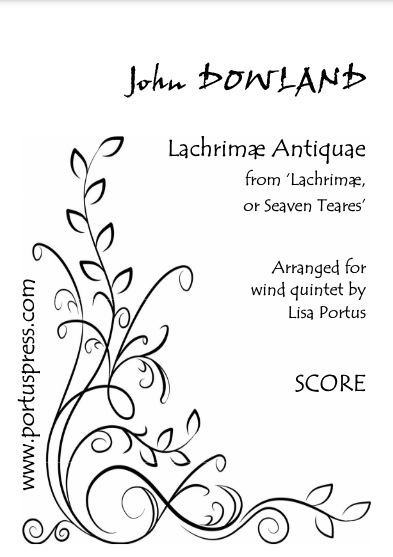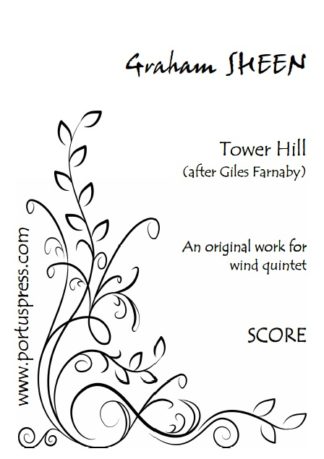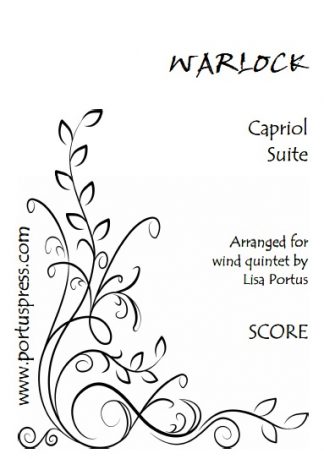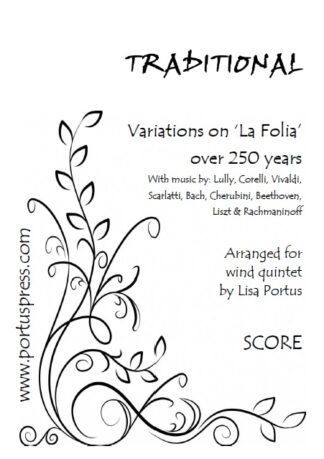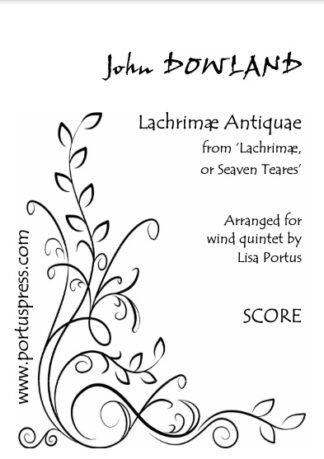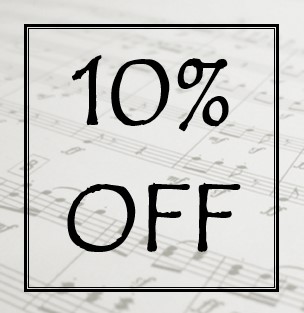Description
Lachrimae antiquae (Old Tears) is the first pavan from Lachrimae, or Seaven Teares by the English Renaissance composer John Dowland (1563–1626). Composed in 1596 it was originally scored for five viols/violins and lute. The title page includes a Latin epigram which translates as ‘He whom Fortune has not blessed either rages or weeps’. Dowland points out in his dedication that there are different types of tears. “The teares which Musicke weeps” can be pleasant; “neither are teares shed always in sorrow but sometime in joy and gladnesse”. It is dedicated to Anne of Denmark, wife of Christian IV of Denmark who employed Dowland as a lutenist.
Lachrimae antiquae, and indeed all seven pavans in the collection are variations on Dowland’s already well-known theme, the Lachrimae pavan. The theme’s popularity was further enhanced when Dowland later reworked it and added lyrics, to become the song Flow my tears. Both the song and the instrumental version Lachrimae antiquae were incredibly popular in the 17th century and sheet music of the pieces were widely distributed across Europe.
Lachrimae antiquae begins with a falling tear motif, starting on an A and descending in step to an E. Falling motifs like this symbolise grief and were in common usage in Elizabethan music. Throughout, the five lines interweave closely together, creating intense and striking harmonies.

